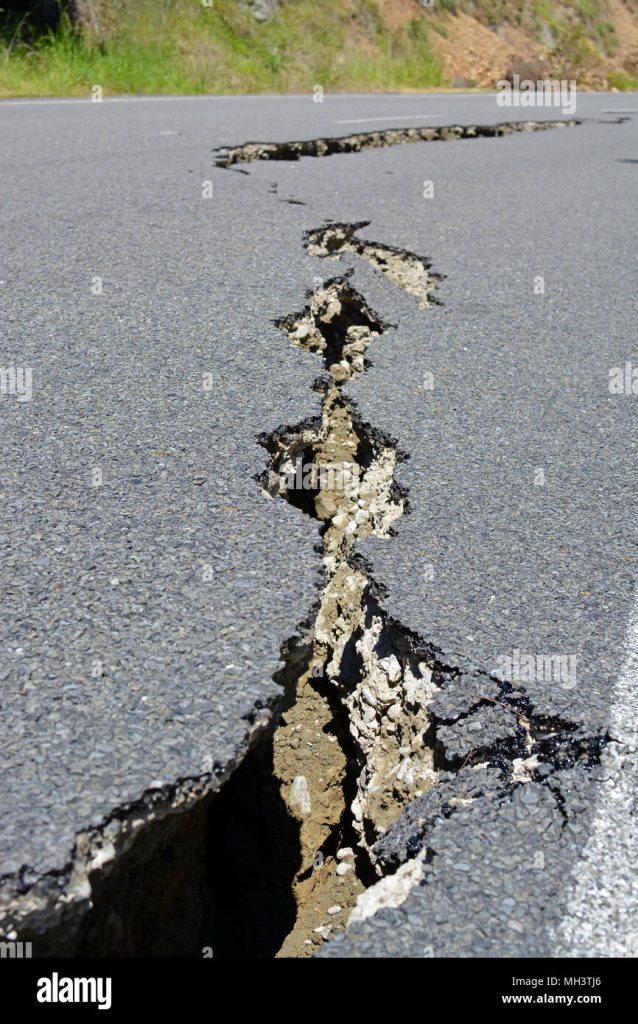Megathrust earthquakes, characterized by their immense magnitude and devastating impact, pose significant challenges for scientists and communities alike. As seismic events with the potential to unleash widespread destruction, understanding the mechanisms behind megathrust earthquakes is paramount for enhancing preparedness and mitigating risk. Recent advancements in research, coupled with international collaboration, offer promising avenues for elucidating the complexities of these seismic phenomena and improving forecasting capabilities.
Unveiling the Mechanisms of Megathrust Earthquakes
Megathrust earthquakes occur along subduction zones, where one tectonic plate descends beneath another. The accumulation of strain energy at the plate interface, driven by the subduction process, can eventually exceed critical thresholds, triggering catastrophic rupture and seismic release. Recent studies have shed light on the relationship between slow slip events—gradual movements along the plate boundary—and the occurrence of megathrust earthquakes.
The discovery of slow slip events, initially observed in Japan and subsequently identified in other regions along the Pacific Rim, has provided valuable insights into the dynamics of plate movement and seismic activity. By analyzing observational data and employing sophisticated numerical simulations, researchers endeavor to unravel the intricate interplay between slow slip events and the onset of megathrust earthquakes.
International Collaboration: A Catalyst for Progress
Collaborative efforts among researchers from diverse geographic regions, including Japan, Mexico, and Chile, hold immense promise for advancing our understanding of megathrust earthquakes. These countries, situated along the Pacific Ring of Fire, are particularly susceptible to seismic activity and share common challenges in earthquake research and preparedness.
Through joint research initiatives and interdisciplinary collaboration, scientists aim to leverage the collective expertise and resources available in each country to tackle fundamental questions surrounding earthquake occurrence mechanisms. By pooling observational data, mathematical models, and computational techniques, researchers seek to develop comprehensive frameworks for earthquake forecasting and risk assessment.
The Role of High-Tech Observational Networks
The deployment of advanced observational networks, such as high-sensitivity seismographs and GPS monitoring systems, has revolutionized earthquake research by providing unprecedented insights into seismic activity and crustal movements. These state-of-the-art technologies enable researchers to detect subtle seismic signals, monitor ground deformation with precision, and identify precursor phenomena associated with megathrust earthquakes.
In particular, initiatives such as Japan’s Hi-NET seismic network and the Geospatial Information Authority’s GPS observation network have played a pivotal role in detecting slow slip events and enhancing our understanding of plate boundary dynamics. By harnessing the wealth of observational data generated by these networks, researchers can refine earthquake forecasting models and improve the accuracy of seismic hazard assessments.
Challenges and Future Directions
Despite significant progress in earthquake research, forecasting megathrust earthquakes remains a formidable challenge due to the inherent complexities of seismic processes and the unpredictable nature of seismic events. While statistical models based on historical data provide valuable insights into earthquake recurrence intervals, integrating real-time observational data into forecasting frameworks holds the key to enhancing predictive capabilities.
Efforts to develop temperature structure models, which elucidate the relationship between temperature, dehydration processes, and seismic activity, offer promising avenues for improving earthquake forecasting accuracy. By combining insights from numerical simulations, observational data, and theoretical models, researchers strive to refine earthquake prediction methodologies and mitigate the impact of future seismic events.
Megathrust earthquakes represent a formidable natural hazard with far-reaching consequences for society and the environment. By leveraging cutting-edge research techniques, international collaboration, and advanced observational networks, scientists are making significant strides in unraveling the mysteries of these seismic phenomena. Through interdisciplinary cooperation and a commitment to innovation, the global community can enhance earthquake preparedness, mitigate risk, and ultimately save lives in the face of future megathrust earthquakes.
